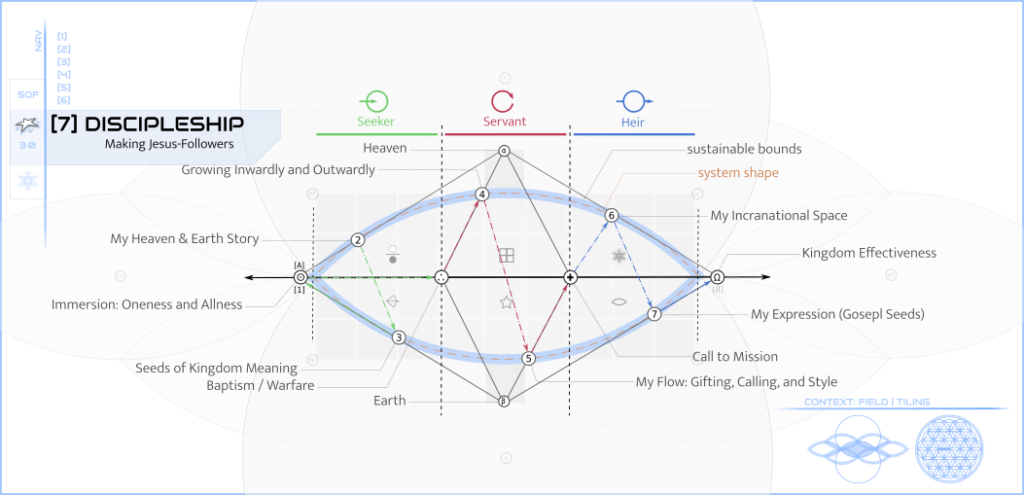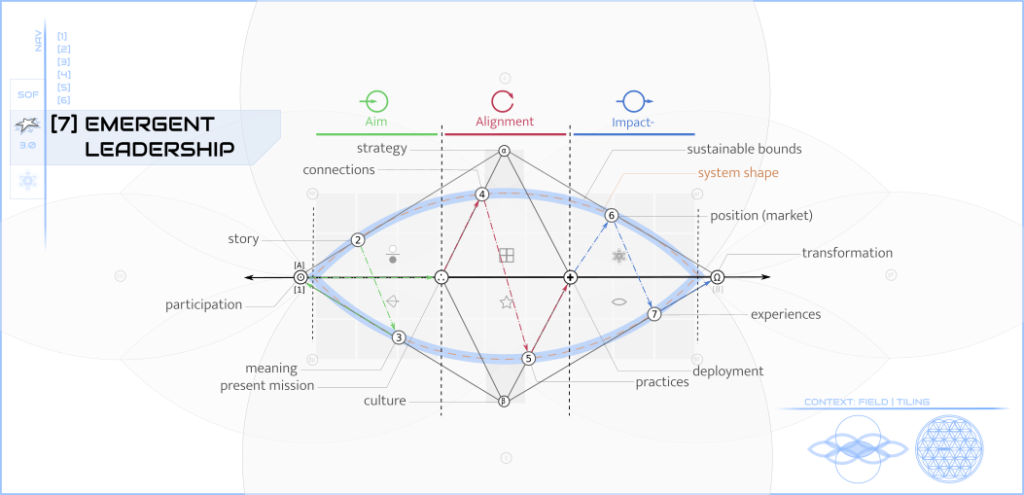Disciplemaking Dimension of Multiplication Course: Module 4 Notes
Lately I’ve been taking online courses as part of Exponential’s Multipliers Learning Communities which I’m completing as part of my work with Lancaster Mennonite Conference’s NYC District. You can see the first post in the series here which explains more about the process and framework of this experience. I’m on to the second course required before our field trip to Cross and Crown Church in Seattle in a few days: Disciplemaking Dimension of Multiplication: Module 4 “Made for More Visual Guide”.
Suddenly this course has gone from the most difficult Module for me (Module 3), to the best Module. The Made for More Visiual Guide is definitely talking my language, though not in the particular words that I use. I totally agree with the values they are expressing for discipleship, mission, and the life of the church. Their break down of the progression and message of Ephesians — a full vision of how all things in heaven and all things in Earth become one in Christ Jesus (Ephesians 1:9-10) — is right in line with my own.
One thing I would like to add to their BE – DO – GO framework is how this same three-fold progression is present in the very first chapters of the human story. In Genesis, God makes his new human children in his own creator image (BE). He commands them to be fruitful and multiply to fill all reality (DO). He then sets them as sovereign over the Earth and its inhabitants in order to bring it peace1 (Go). I call this The Three Powers of Humanity:

I had never noticed how these Three Powers show up in Ephesians 2:10:
For we are His workmanship, created in Christ Jesus for good works, which God prepared beforehand that we should walk in them.
Ephesians 2:10
I like the guide would willing share it. If there is anything I’m less sure about is the idea of the general-primary and personal-secondary calling. I can’t really think in scripture of where these two callings are made distinct. Rather, I see this as the individual and social dynamics of the same call. It would be like saying animals have two types of DNA. One type encodes what it means to be a member of the species. The other encodes what it is unique to each individual. But in DNA, it is impossible to disentangle the population-level information from the individual-level information — as impossible as separating nature from nurture. The two are expressions of the same thing, so inter-penetrating and feeding into and out of each other distinguishing is them is difficult and maybe meaningless.
Consider this: There was and will be only one Abraham. He had a unique calling and story that makes up a significant portion of scripture. However, his identity and call is not separate from the community with sprang from him. Israel (first a man’s nickname, and then a nation) sees themselves as The Children of Abraham so much that they distill universal meaning and behaviors from him and his story. Same with Jacob, David, Elijah and many others — not the least of which is Jesus himself. So common is this as to suggest that there is only one call viewed from the lenses of billions of human lives.
What this book breaks into a dichotomy, I would suggest is really a holonomy. A holonomy is the idea that everything is at once a unit, a part of a system, and a system of systems. This fractal nature to reality itself means that all that we think of as discrete and compartmentalized is really connected and complex.
What does this mean for discipleship? There should never be a “general” and “personal” track for discipleship. The two are one and should be done together. Things are needed from the personal to enhance the general and things are needed in the general to enhance the personal. Jesus, who is both an individual and a community, is more than able to lead us in the balance and expression of both.
In terms of how I would capture all that Made for More is doing in my own disicipling work, it looks like this: I call BE – DO – GO as Source – Cycle – Drive. These are the three types of motion present in any system and can represent the three phases of evolution in the system’s growth. All three types of motion as present in every phase of a growth cycle, but the phases emphasize motion in the order Source – Cycle -Drive. I believe this is because all systems look like the one from whom all systems originate and in whom all systems exist: Father (Source), Son (Cycle), Spirit (Drive).
Thinking in this way allows you to organize a lot of big and complex things all at once. Take a look at these two maps I showed before and notice the three columns: Source – Cycle – Drive shown by icons and color:


These two maps allow us to take BE – DO – GO and The Three Powers and translate them directly to a discipleship pathway (Discipleship, above) and, at the same time, a paradigm for catalyzing movements, growing organizations, and starting businesses (Emergent Leadership, above). You can add as many maps to the “stack” as you like and as your complexity demands and still not loose sight of helping people discover God and themselves through BE – DO – GO.
The final post for this course and before heading to Seattle is here.




Responses